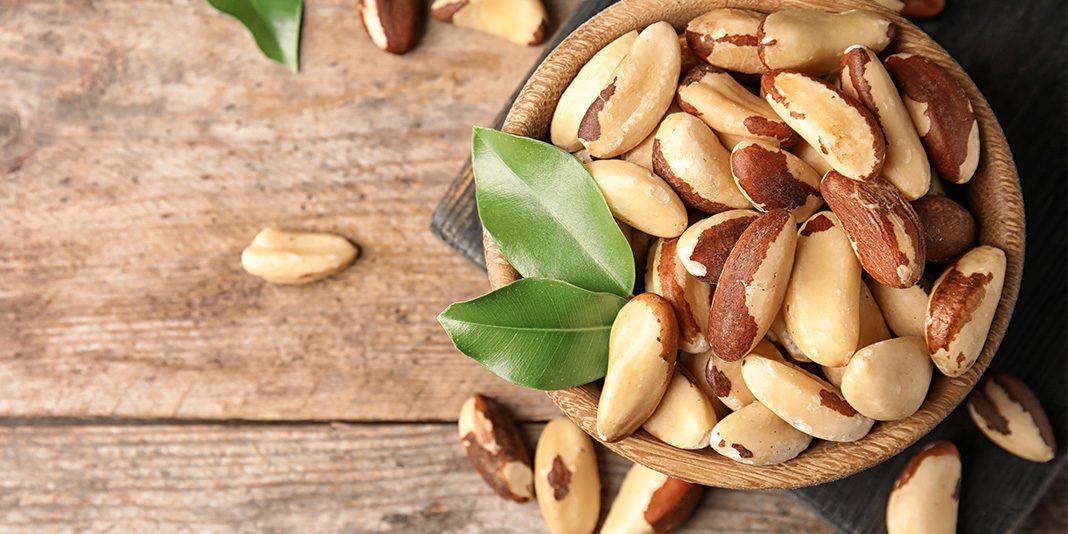When your brain tells you to eat, that’s what you do. Maybe you gorge. Maybe you nibble. And then maybe you forget about that hefty helping of mac ‘n’ cheese until it ends up on your thighs.
QUIZ: What’s Your Eating Style?
In between the mouth and the thighs, there’s an amazing system of digestion that takes place. This system determines whether your food gets stored, burned or expelled. Let’s explore the biology of what happens to food once it enters your digestive system.On your gastrointestinal interstate, everything enters via your physiological tollbooth: your mouth. The nutritious powerhouses slide through the express toll, giving you power, stamina, energy and strength to rock. Toxic (though tasty) foods can enter too, but you pay a heavier toll later for the damage they do along the way.
Through its journey, your food and its nutrients (and toxins) will pull over at various organs, slow down on winding roads, merge with other nutrients and even get pulled over by the bowel brigade for nutritional violations. During each trip, your food hits a metabolic three-pronged fork in the road:
- It can be broken down and your bloodstream will pick it up so your liver can use it as energy.
- It can be broken down and stored as fat.
- It can be processed as waste and directed to nature’s recycling pot: the porcelain junkyard.
Here’s how the system starts: Before a morsel even reaches the tollbooth, your body has a radar gun, letting you know the food is coming. This is powered by physiological cues like smell, sight and the fact that you’ve been drooling at the thought of that fried-mozzarella appetizer.In response to this sensory information, glands in your mouth start secreting enzymes to help break down your food. Then, your stomach quickly constructs its version of a roadside welcome center, by pumping out stomach acid to help your body prepare for the digestion process.
Back in the day, people relied on their tongues (and noses) for survival. If it tasted good, it was safe. If it tasted nasty, it could be toxic or poisonous.We do the same things now, but in a slightly different manner. Since we use our senses to process information, we rely on our tongue for information about food. The info we acquire sends messages to the brain, then the brain sends messages to our fork: stop eating, or keep going!
This message largely comes from our five tastes (sour, salty, sweet, bitter and unami, which recognizes the savory deliciousness of foods like a juicy filet mignon). This message also comes from what we smell. Some studies suggest that three-quarters of how we “taste” comes from smell.
What does this have to do with your growing waist? The obvious: the more you like a bad-for-you food, the more likely you are to keep eating it. But the genetics of taste and taste buds may play an even more subtle and significant role. The physiological makeup of your tongue may make you more or less disposed to eating bad or good foods.
Unlike other animals, we waste very little energy eating, due to our efficient, perfectly opposing molars. This crushing motion helps us extract every calorie. Other animals burn calories when they eat, because their teeth don’t efficiently crush the food as they move prey to their belly. In humans, once the food breezes past the tollbooth, it accelerates onto the on-ramp of the esophagus. This links your mouth to your GI system.When your food slides down the on-ramp, it has to make a sharp turn to enter the stomach. That gastroesophageal junction is what keeps stomach acid from spilling back into your esophagus, making your chest feel like it’s burning up. When you have extra belly fat, the angle is pried open, allowing acid to spill upward, causing heartburn.
Once the food hits your stomach, serious digestion begins. The food is held in your stomach until your body directs it to the small intestine. The small intestine absorbs most nutrients and passes them along through the bloodstream. Nutrient absorption continues in the liver or it makes its way to the large intestine for evacuation.



































